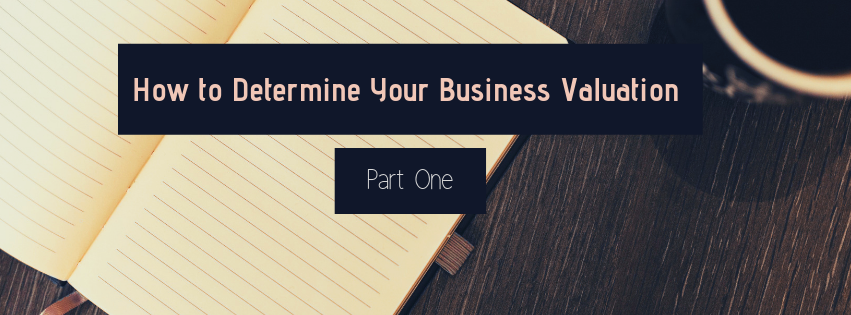For both CPA’s and business owners alike, understanding a company’s monetary worth is a tricky amount to figure – often coming down to a “best guess”, when there’s more than just a number in the books to consider.
Want to know how much your business is worth in it’s entirety? We’ll tell you how to approximate the numbers yourself (or what to provide your CPA) in this two-part blog series – starting with the six key measurement methods for business valuation.
The Six Forms of Measurement
When it comes to calculating a dollar amount for your company, the figures can depend on far more than just a balance sheet total, while often to get the full picture, many use these six measurements of value:
1) Book Value – the first step towards understanding how much a business is worth, calculated through the total equity amount in the balance sheet.
2) Fair Market Value – found by adding or subtracting the total of all liabilities and assets from the Book Value.
3) Liquidating Value – the amount one would get after a “fire sale”, similar to liquidating all assets in a foreclosure or bankruptcy, then added or subtracted from the Book Value.
4) Market Capitalization Value – approximated from the Fair Market Value of all outstanding shares owned by the business and it’s investors.
5) Going Concern Value – also known as the “goodwill” value, this amount is what an interested third-party would pay to takeover the business, and thereby varies with the individual.
6) Synergistic Value – similar to Going Concern Value, this value is essentially what the buyer thinks the business is worth; that extra little bit of money they’d pay beyond it’s physical value, simply for the business’ passed-on potential that could accompany a purchase.
As the first four forms are more grounded in cold, hard numbers, they’re often used by professionals as a starting baseline for a ballpark figure of how much a business is worth. But what about Going Concern or Synergistic Value? If both forms are entirely subjective, how can you predict an amount?
As it turns out, there’s a few ways to try and calculate a number – and it all starts by thinking like a buyer.
Stay tuned for part two, where we’ll discuss the 11 things that make a business valuable.
